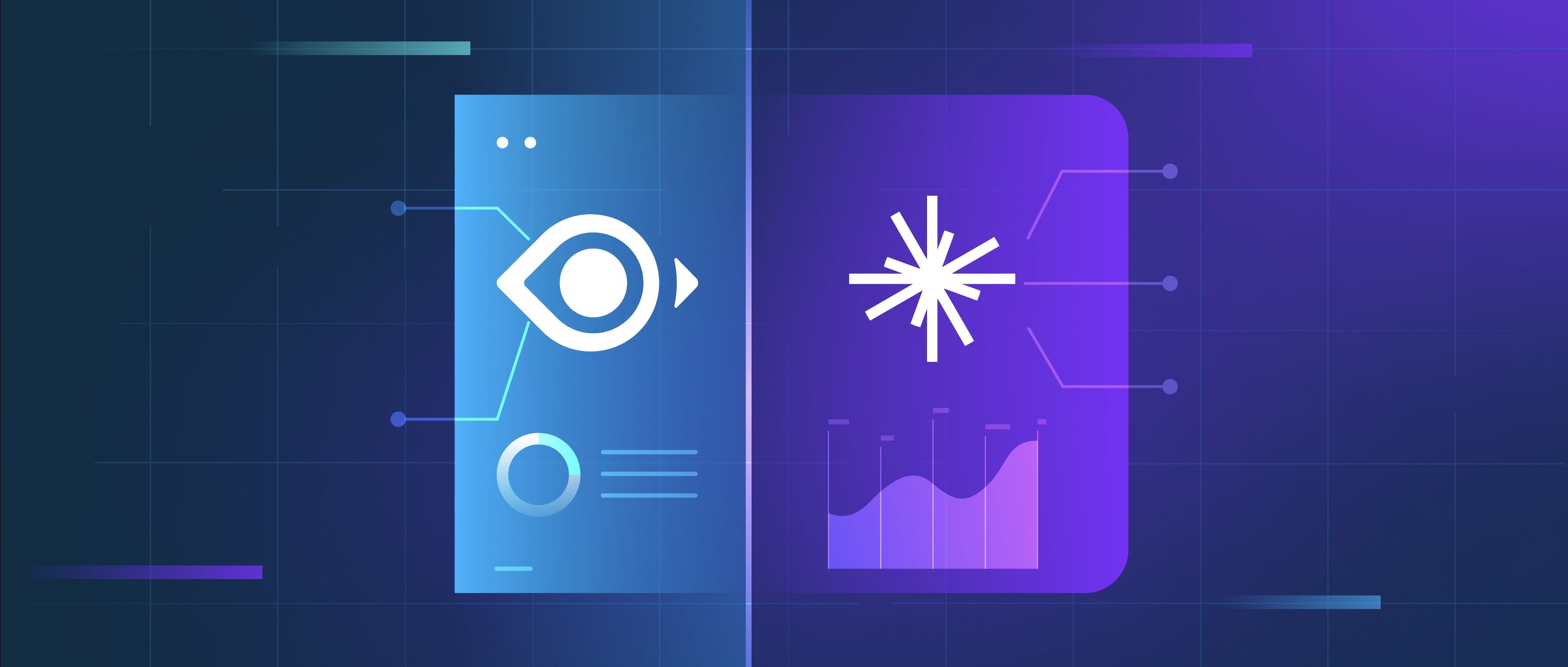OpenCV and OpenGL remain highly relevant in the current industry for different purposes. OpenCV, an open-source computer vision library, is widely used for tasks like image processing, object detection, and video analysis. It is a preferred choice for prototyping computer vision solutions, especially in robotics, medical imaging, and autonomous systems. OpenGL, on the other hand, is a graphics rendering API used to create interactive 2D and 3D visualizations. It is commonly employed in game development, simulations, and virtual reality applications. While OpenCV excels in processing and analyzing visual data, OpenGL is focused on rendering that data visually. Both tools are often used together; for example, OpenCV might process images and pass the results to OpenGL for rendering. Their complementary nature ensures their continued relevance in fields like robotics, gaming, and multimedia.
What is the scope of open cv and open gl in current industry?

- Mastering Audio AI
- Optimizing Your RAG Applications: Strategies and Methods
- Retrieval Augmented Generation (RAG) 101
- Natural Language Processing (NLP) Advanced Guide
- GenAI Ecosystem
- All learn series →
Recommended AI Learn Series
VectorDB for GenAI Apps
Zilliz Cloud is a managed vector database perfect for building GenAI applications.
Try Zilliz Cloud for FreeKeep Reading
What are actuators in robotics, and how do they work?
Actuators in robotics are devices that convert electrical energy into physical motion. They are essential components tha
What is a deep deterministic policy gradient (DDPG)?
Deep Deterministic Policy Gradient (DDPG) is an off-policy, model-free reinforcement learning algorithm that is used for
What makes Vision-Language Models so powerful for AI applications?
Vision-Language Models (VLMs) are powerful tools in AI applications because they combine visual information with textual